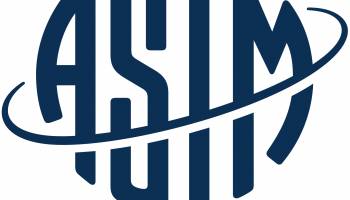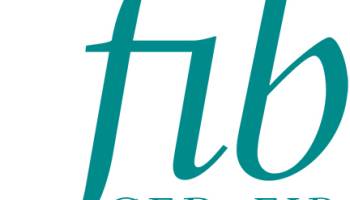Fibre Reinforced Concrete (FRC) is widely accepted in the tunnelling industry for use such as shotcrete, cast-in-situ linings or Tunnel Boring Machine (TBM) concrete linings. To calculate an FRC structure the generally accepted method is to measure the parameters of the FRC using the standard 3 point beam test, measuring the load, deflection and/or crack mouth opening displacement (CMOD). However, in the tunnelling industry the most common method of testing FRC is the EFNARC panel test. The possibility of converting one result with another could be very useful for design engineers.
In this paper we present our research comparing beam and EFNARC panel test results, which consists of a beam and EFNARC panel laboratory test series made from the same concrete mix, with 3 different dosages of macro synthetic fibre. The stress-crack width diagrams were calculated for all FRC specimens and modelled by Finite Element Analysis to analyse the mechanism.
#WTC #beamtest #EFNARC #paneltest #FRC



